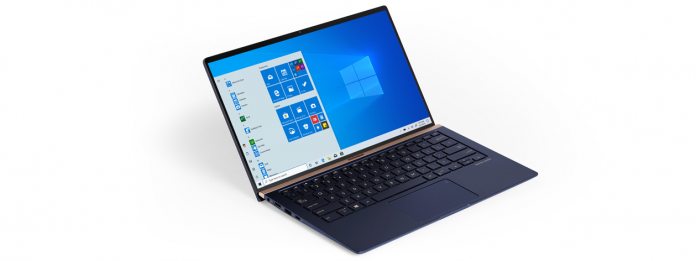There are millions of free programs and tools available online. Many of them are useful and excellent, but many of them are also nefarious and loaded with malware. Deciding the good from the bad usually involves some research, which most users don’t do. PUAs are apps that have been uninstalled on a machine without the knowledge or consent of the user. An example of a potentially unwanted app is an application that has been bundled in with a program you may want to download. Beginning with Windows 10 20H1 (May 2020 Update), Windows Defender will start actively protecting users from PUAs. It is worth noting the tool itself has been available for several years. However, it was only accessible through group policies. Microsoft is now opening the feature to be directly accessible through the Windows interface. Users can now access PUAs protection via Start > Settings > Update & Security > Windows Security > App & browser control > Reputation-based protection settings. The feature is turned off by default. Microsoft says there are two settings to choose from:
“Block downloads looks for PUA as it’s being downloaded, but note that it only works with the new Microsoft Edge browser. Block apps will detect PUA that you’ve already downloaded or installed, so if you’re using a different browser Windows Security can still detect PUA after you’ve downloaded it.”
Microsoft Defender
It is worth noting that Microsoft will rebrand Windows Defender during the Windows 1020H1 launch. The tool will become Microsoft Defender to reflect its availability across other platforms. This switch has happened relatively quietly through the Windows 10 20H1 development cycle. That makes sense considering Microsoft first embarked on this rebranding in March 2019 when Windows Defender Advanced Threat Protection (ATP) because Microsoft Defender ATP. Microsoft originally made the name change when Defender first became available on Apple’s Mac.




